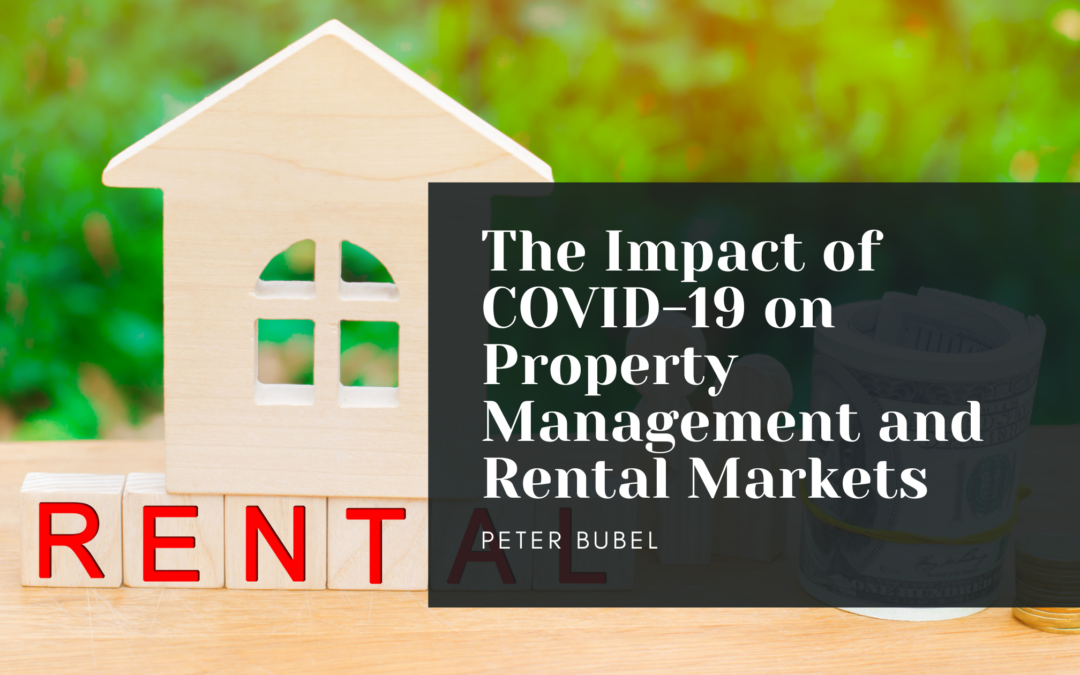The COVID-19 pandemic has left an indelible mark on various sectors, with property management and rental markets experiencing profound shifts. As lockdowns were instituted globally, the real estate landscape underwent rapid changes that continue to shape the industry today.
Initial Shock and Challenges
Many property management companies faced immediate challenges when the pandemic first struck in early 2020. With tenants losing jobs and income, rent collection plummeted. Eviction moratoriums in many regions further complicated matters, creating a backlog of unpaid rents. Property managers had to navigate a precarious balance between supporting tenants and maintaining their financial viability.
The transition to remote work also altered tenant preferences. Many individuals and families began prioritizing more space, outdoor amenities, and locations that offered a better quality of life. Once bustling with activity, urban centers saw a decrease in demand as people migrated to suburban areas, seeking larger homes and more room for home offices.
Technological Adoption
The pandemic accelerated the adoption of technology in property management. Virtual tours became necessary as in-person showings were limited, allowing prospective tenants to view properties safely. Online leasing and payment platforms surged in popularity, streamlining processes and reducing the need for face-to-face interactions.
Moreover, property management software evolved to accommodate remote operations, enhancing communication between landlords and tenants. This digital shift improved efficiency and provided valuable data analytics that helped property managers make informed decisions about pricing and tenant engagement.
Market Recovery and New Trends
As the world began to recover, the rental market saw a resurgence. Demand for rentals in urban areas has returned, but a newfound emphasis has accompanied it on flexible leasing options. Short-term rentals and furnished apartments gained traction, catering to remote workers and those seeking temporary housing solutions.
Additionally, property managers have become more proactive in addressing tenant concerns, focusing on health and safety measures. Enhanced cleaning protocols and better ventilation systems have become selling points for many properties, addressing the heightened awareness of health issues among renters.
The impact of COVID-19 on property management and rental markets has been transformative. While challenges abound, the adaptability and resilience shown by property managers have paved the way for a more innovative and tenant-focused industry. As we move forward, the lessons learned during this period will undoubtedly influence the future of property management, creating a landscape that prioritizes flexibility, technology, and enhanced tenant experiences.

